5. The Fly (1986)
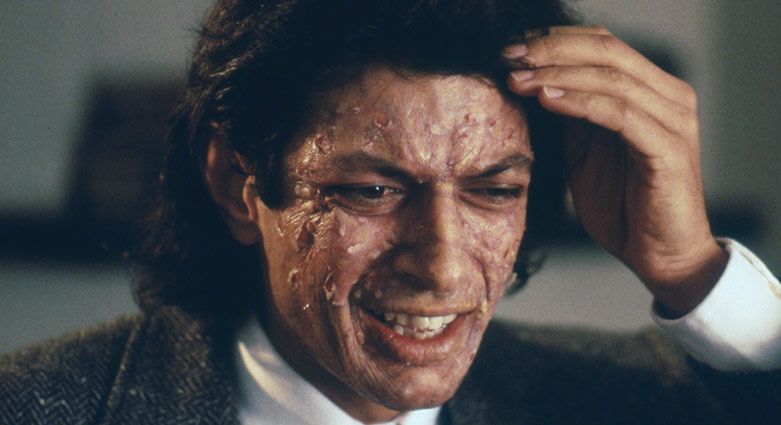
Subtlety is often the most powerful route that horror can go down, but it occasionally works to just be disgusting. The most effective example of a horror film taking the low road is David Cronenberg’s The Fly. The film works as horror not because of any directorial genius or clever scripting. Rather, it works simply because it displays the most disgusting makeup effects ever captured on film.
The story about a man whose DNA is crossed with that of a fly and who then transforms into a monstrous man-fly hybrid was recycled from the 1950’s film of the same name. The original version of The Fly was a heart-breaking tragedy about a well-meaning family man/scientist who is transformed into a fly monster through a failed experiment and kills himself rather than be a danger to his loved ones. Cronenberg is such a venomous cynic that he couldn’t have his protagonist be a nice guy, so he changes the story so that it revolves around a sleazy guy and his latest sexual conquest.
Cronenberg never gives us any reason to sympathize with the fly-man, so the death of the grotesque creature inspires relief rather than sadness. That’s the point. According to Cronenberg, we live in an ugly uncaring universe whose only relief is death.
4. Funny Games
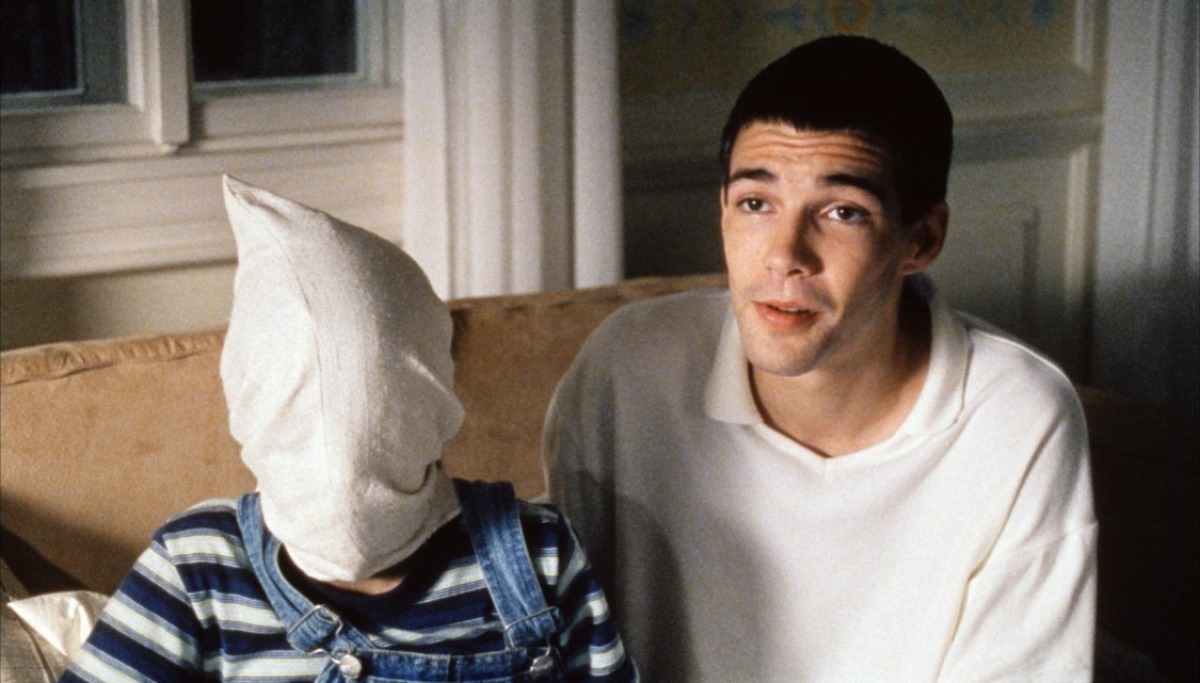
Sir Alfred Hitchcock famously said that he liked to play the audience like a piano. With his most successful feature, Funny Games, Michael Haneke plays the audience to create a tune full of sound and fury, signifying nothing. By his own admission, the entire movie is unpleasant for its own sake.
The violence is too realistic for the film to qualify as Evil Dead-style horror escapism and the audience can’t take solace in the idea that our heroes have a chance at winning; the film infamously features a sequence where one of the killers rewinds the film to save his partner in crime.
The plot revolves around two young men who knock on a family’s door to ask for eggs only to take them hostage for no reason. A woman is sexually assaulted in front of her husband, a child is shot in the head, and the audience is left to wonder why the film pulled out all the stops.
The whole sadistic ordeal culminates in an ending where, after the villains have killed the family, they move on to another house and ask the residents if they can have some eggs. The cycle continues! By this point, any filmgoer will feel as scared as they feel defeated.
3. Psycho
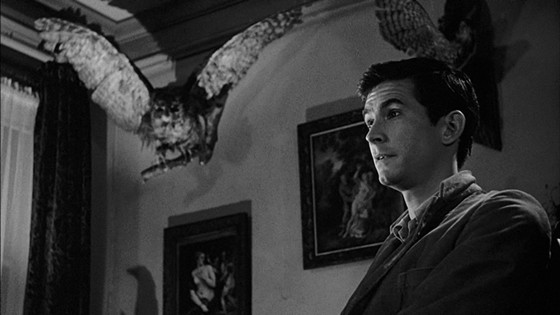
Though Alfred Hitchcock’s Psycho is widely regarded as a masterpiece, much criticism has been directed at its ending. According to the naysayers, it’s too talky and explains what the audience already knows. Maybe the sequence where the psychiatrist explains Norman Bates’ psychosis to us is unnecessary, but it certainly doesn’t stop the momentum that the film has built up over the previous ninety minutes or so.
Any flaws in the psychiatrist scene is immediately compensated for by the last minute or so of the film where the audience is alone in the room with Norman. Such a situation would be creepy enough in and of itself, but it is made more disturbing because we begin to hear the voice of Norman’s mother inside of his head as the camera moves closer and closer to Norman’s face.
Norman’s smile is twisted and unnerving, but it becomes more horrific to the attentive viewer if one watches this scene closely as one can see the skull of Mrs. Bates flash in front of Norman’s face, a directorial touch that is as brilliant as it is chilling.
2. The Thing (1982)
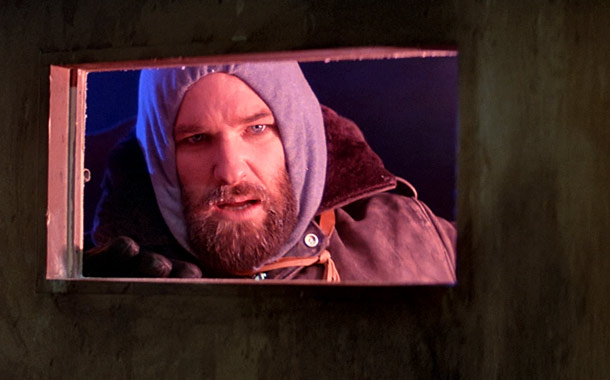
John Carpenter’s The Thing shares a lot of its DNA with The Fly. Both are 1980’s remakes of popular 1950’s horror films that aren’t very faithful to their source material and serve as a showcase for disgusting state of the art makeup and visual effects. They are also both terrible films to watch after you’ve just eaten lunch.
What separates Carpenter’s film from the hundreds of other sci-fi stories about evil aliens on the loose is the fact that Carpenter centers his stay on a shape shifting extraterrestrial who attacks a dozen or so people in an isolated setting. No one knows who to trust. Is that man the friend you’ve known for years or an alien doppelganger? Who knows?
It may seem a touch derivative of Invasion of the Body Snatchers, but its based on a book that predates that film by decades. The film ends as the only two survivors of the ordeal are left alone in the Arctic cold, hoping that they can somehow survive. Their situation is helpless, and it might be even more hopeless if one of them is actually a hungry extraterrestrial. The only thing more distressing than when a director kills off a beloved character is when a director kills off hope.
1. Don’t Look Now
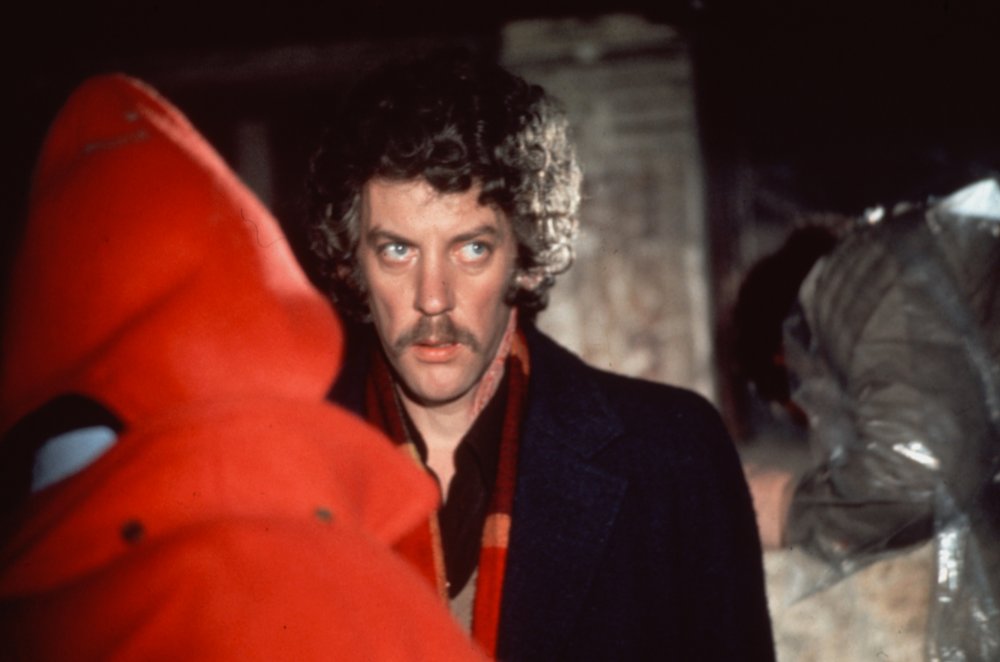
Nicholas Roeg’s Don’t Look Now is almost always described as a horror film. While the film has its eerie moments, the majority of the picture is a drama about grief and loss. The reason why so many critics classify it as a horror film is because of the strength of its ending, which derives its terror not from gore or effects but from a sense of dread.
After her young daughter Christine drowns, Laura comes across a blind woman named Heather who claims to be able to communicate with the child. Because Heather knows so much about Christine, Laura is convinced of the woman’s power. Her husband John remains skeptical of any supernatural claims, and Heather shockingly asserts that he too has the gift of second sight. Laura’s faith in Heather’s powers drives a wedge between her and her husband.
John begins to see a small figure in a red raincoat – the same raincoat his daughter wore when she drowned. Later, he sees his wife and Heather dressed in black on a boat together, miles away from where they actually are. Is his second sight real or is he suffering from trauma-induced delusions? Whatever the case, the killer roaming the area certainly isn’t helping.
John sees the red-cloaked figure again, and tries to pursue them. Heather tells Laura that John is in grave danger, but she is unable to reach him. When John finally corners the figure in red, they are revealed to be a dwarf and the killer. The killer stabs John to death.
The audience is left to ponder: is the supernatural real in this film? There was nothing paranormal about the person in red, yet Heather still knew facts about Christine that no one told her, and she knew when John was in danger. Laura and Heather hold a funeral service for John on a boat, and wear black to it – precisely the image that John saw. The horror here is not death, but futility.